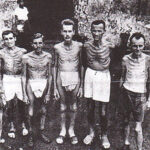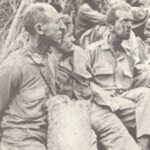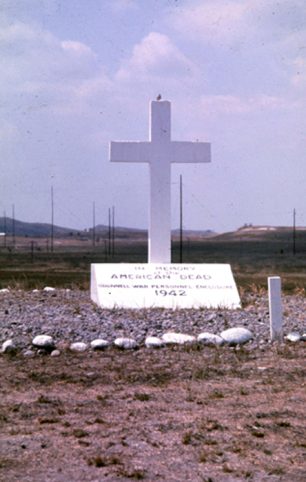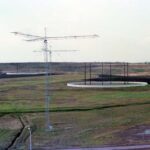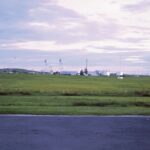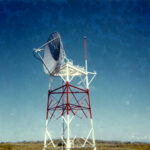U.S. Naval Radio Transmitter Facility, Capas
Tarlac Province, Republic of the Philippines, 1962-1989

Welcome to our website. These are the pictorial and recollected memoirs of the Navy/Marine veterans who served at the US Naval Radio Station at Capas, Tarlac in the 1960's and 70's
Part of our purpose is to present the World War II history of the base, then known as Camp O’Donnel, as an Imperial Japanese Army “Death Camp” for U.S. and Filipino POWs following the April 10, 1942 infamous “Bataan Death March”. And, additionally, to present its post WW II history as a U.S. Navy Radio Station.
In just over 9 months of 1942-43, 1,565 U.S. and approximately 26,000 Filipino POWs died here.
POWs – Bataan, Capas, Corregidor 1942-43
The U.S. Naval Radio Station, Tarlac in 1970
By Morris Hervey, former USN enlisted; in part, as told to me by LtCdr Roy Jones, retired; former Officer in Charge, USNRS Tarlac.
The U.S. Naval Radio Station, Tarlac, also known as the U.S. Naval Radio Transmitter Facility, Capas, Tarlac, was a remotely located unit of the parent command the U.S. Naval Communication Station Philippines (NavComStaPhil), and was located at 15.354114 deg north latitude, 120.536048 deg east longitude, near the town of Capas, Tarlac Province, Luzon, Republic of the Philippines. The sole, and exclusive, purpose of the radio station was to provide short-wave, radio transmission capability for the communication station, that is, to be the radio voice for NavComStaPhil. In that role, it provided wide area radio broadcasts, as well as dedicated, point-to-point radio transmissions to individual U.S. Navy ships operating in the vicinity of the Philippine Islands.
Manpower
The station was operated and maintained by a combined work-force of U.S. Navy personnel, U.S. Marines, U.S. Civilian Contractors, and Filipino personnel.
U.S. Navy: 2 Officers, 85 Enlisted(1970).
U.S. Marines: 3-4 Enlisted, rotating in from NavComStaPhil (1972).
U.S. Civilian Contractors: 2 (1970).
Filipino Employees: 212 (1970).
K9 Security Patrol Force: 2-3 German Shepherd Dogs (1972).
Operations
Incoming messages to the station, for subsequent radio transmission, were primarily multi-channel teletype data, with occasional voice signals. All incoming data was sent from the NavComStaPhil, in San Miguel, and either originated there, or was relayed by them from some other point. The incoming data from San Miguel was relayed by a series of microwave relay sites: first from San Miguel to the Naval Relay Facility at Mt. Santa Rita, then to the Dau relay at Clark AFB, and finally to the radio station at Tarlac. Data assignment to individual transmitters, and pairing with individual antennas, was controlled via a teletype orderwire from San Miguel.
Some of the station’s radio transmitters were utilized for wide area radio broadcasts using a single, constant radio frequency, while others provided dedicated radio transmissions, i.e. radio circuits, to individual Navy ships, using directional beam antennas. Transmitters assigned to individual ship circuits were often changed in frequency, as dictated by changing ionospheric conditions and resultant signal fading, or for other tactical reasons.
Since March 2, 2025:








